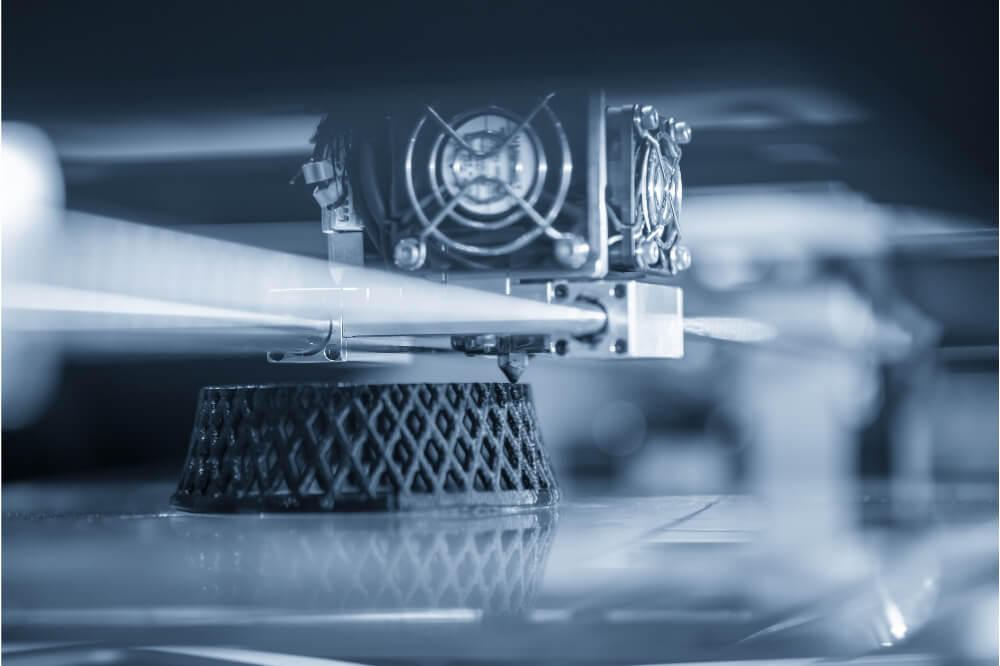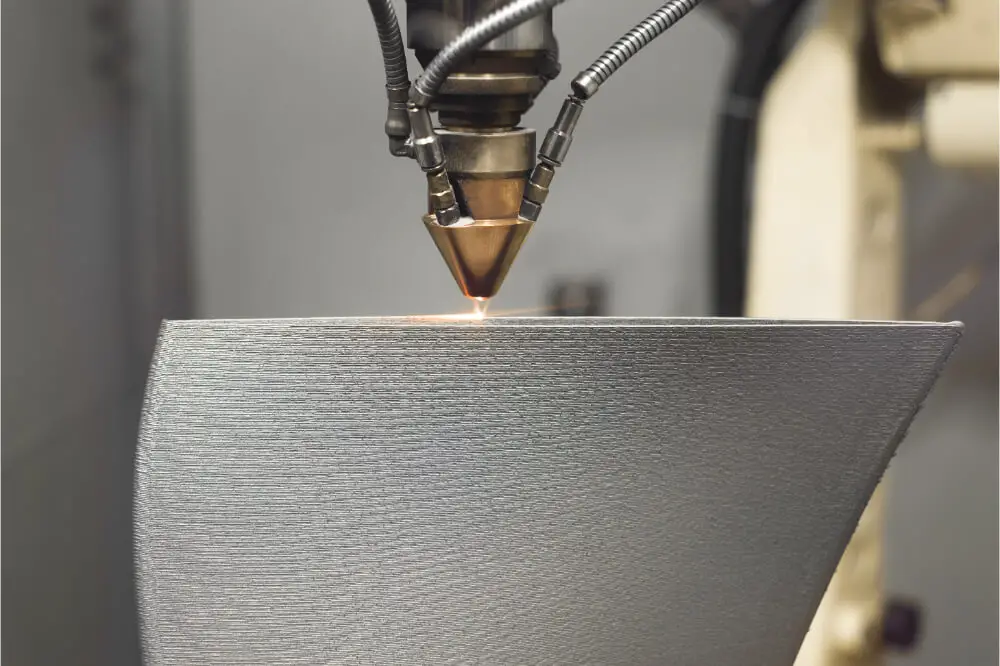The results are always great…
Until the bills start rolling in and you see how much you actually spent. The same idea applies to 3D printers as being able to create almost anything is fun, exciting and inspiring…until you see the cost in electricity.
Most people only think about the costs they can see up front. The price of the printer and the filament it needs to produce those objects you want. Rarely do they think about the hidden costs involved.
To find out about the amount of electricity a 3D printer uses, just continue to read our article. It explores this topic so you have the right answers.
What a 3D printer can do for you
This is the first priority anyone thinks of when considering jumping on the 3D printer bandwagon. What can it do for me? Then they start making a list, the printer can
- Make toys for the kids
- Replicate a broken piece to fix an appliance or wall decoration, etc.,
- Help with the clothes budget by making needed items
- Replace broken hangers
And on the list can go. Rarely do they stop and think about the cost of the electricity the 3D printer will end up using as that comes at another time and folded in with the other appliances and entertainment devices they use.
Whether you use it for a hobby or work, the cost ends up being the same as the 3D printer uses the same amount of energy no matter its task. The only variable will be in how long it has to work to complete that object.

Do 3D printers use a lot of electricity?
Here is a comparison chart to help you see how much electricity a 3D printer uses. The figure used will be watts per hour. That hour is not a kilowatt hour but a regular 60 minute period. A kilowatt hour equals 1000 watts.
| Appliance | Wattage per hour |
|---|---|
| Dishwasher | 330 wph |
| Computer | 75 wph |
| Hair dryer | 710 wph |
| Ceiling fan | 35 wph |
| Iron | 1,100 wph |
| Microwave oven | 1,500 wph |
| Toaster | 1,100 wph |
| Fridge | 225 wph |
| Average video game system | 36 wph |
| Garage door opener | 400 wph |
| Coffee maker | 1,000 wph |
| Crock pot | 200 wph |
| LED television set | 79 wph |
| Clothes dryer | 2,790 wph |
| 3D Printer | 50 wph |
This is an average electrical use figure as different models use different amounts of energy. Also, different regions of the country charge different prices for electrical use, which means your costs will vary depending on where you live.
For example if you are paying 12 cents per kilowatt hour you can run your 50 watt 3D printer for roughly 20 hours and pay 12 cents. Of course, there will be higher rated printer power supplies and you will pay more if they use that full rating to print your object.
How long does a 3D printer print objects?
To calculate the electrical cost you need to know how long your printer will be running. The run time for different objects is not going to be the same. A lot will depend on the quality of printer you buy, the type of filament you use and what object you want to print. Here is a chart to give you an idea of the time length involved
| Object | Time length |
|---|---|
| Low quality small object | 10 minutes |
| 2 by 4 inch Lego piece | 4 minutes |
| Cellphone case | 20 minutes |
| Baseball | 2 Hours |
| Small toys | 1 to 5 hours depending on detail, complexity , etc |
All those times are approx. And the computer file you get should tell you exactly how long the item will take to print. Then if you need to, you can calculate how much electricity the printer will use per project.
Can 3D print time be reduced?
Yes it can and it has been done before. One can manufacturer uses a lot of 3D items in the construction of one of their cars. Initially it took the company 140 hours to print what they needed. But technology being what it is, upgraded and refined that existing program and cut the time to 45 hours.
It took 3 months to cut that time frame down. But they were not giving up with that successful reduction in production time. They continued to make refinement and upgrades and got the printing time down to 24 hours.
Your time will take as long as your equipment is top notch and can be upgraded to cut your production time down. All you have to do is stay on top of the technology and find those upgrades that apply to your printer and you should be able to produce objects a little quicker.
Not only will that save you time, it will save you money on your electric bill.
Types of 3D printers
There are more styles of 3D printers on the market now besides the FDM, SLA and SLS models that everyone knows about. Here are some more promising newcomers to this market:
#1. SLM or the selective laser melting printer- uses lasers to print out your objects
#2. EBM or the electron beam melting printer- this is the latest technology and works to make the printing process go smoother. It uses an electron beam to print.
#3. LOM or laminated object manufacturing- this is supposed to be the fastest 3D printer on the market. It uses sheets and layered plastic to get the job done.
#4. BJ or binder jetting- it prints out metal objects for you
#5. MJ or material jetting- this advanced 3D printer uses ink jet technology to print your objects. Along with wax.
Some final words
After all is said and done, your electric bill should not be that much higher when you use a 3D printer. To cover the extra cost, all you have to do is cut down on the use of those appliances which use more power.
When you do a cost comparison in your region of the country, you will see why people only worry about the cost of the printer and the filament. Their electrical use is minimal.


